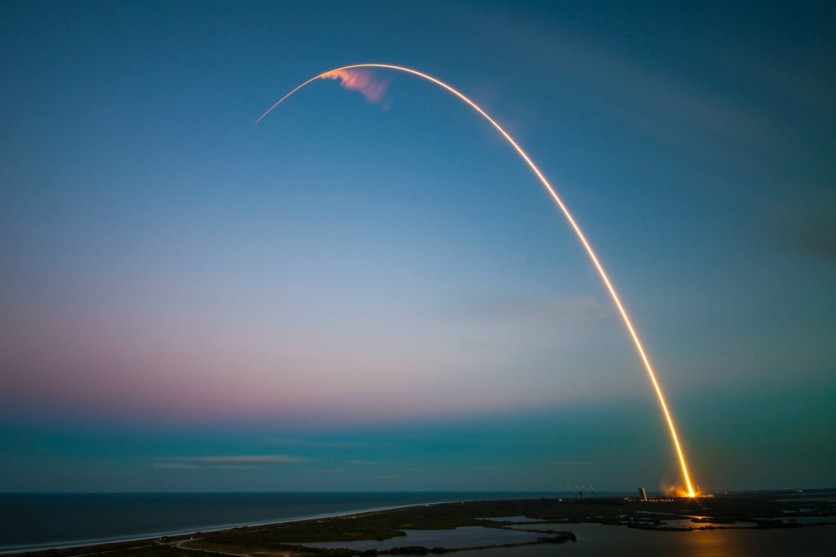An on-ground laser system is reportedly the newest venture by Osaka's laser fusion company, EX-Fusion, in removing small space debris across Earth's orbit, as reported by Interesting Engineering, citing Nikkei Asia as their source.
The Japanese Startup is reportedly eyeing to use an EX-Fusion intends to install a powerful laser inside an EOS Space observatory located outside of Canberra, Australia wherein tracking space debris smaller than 10 cm will be the first step.

In the second stage, EX-Fusion and EOS Space will increase the power of the laser beams launched from the surface in an effort to eliminate the space trash. The plan is to slow it down by sporadically firing the laser on the debris coming from the opposite direction of its movement. The debris will burn up when it enters Earth's atmosphere at a slower orbital speed.
Diode-pumped solid-state (DPSS) lasers will reportedly be used in EX-Fusion's approach. According to Kazuki Matsuo, CEO of EX-Fusion, while the strength of a laser to eliminate space trash is orders of magnitude less than that of nuclear fusion, they share some technological obstacles, such the need to control them with specific mirrors.
Read Also : US Space Force Reports Break up of Mysterious Russian Satellite That Produced Cloud of Space Debris
The Need and Challenges in Vaporizing Space Debris
Precision and power challenges stand in the way of EX-Fusion's proposal to destroy space trash from Earth. Nevertheless, it has the benefit of making maintenance and upgrades on Earth simple. The technology may be utilized in conjunction with debris cleaning services offered by businesses like Astroscale.
Forbes reports that NASA stated that the need to remove space debris stems from the fact that trash in Earth's orbit endangers orbiting satellites and departing spacecraft. Removing only 100,000 pieces of tiny debris, which measure between 1 and 10 centimeters, may prevent an estimated $23 million in damage.
NASA's Approach
EX-Fusion's proposed space debris removal system is not entirely unheard of, but its on-ground operation was reportedly thought to be impossible as historically, it has been challenging to use lasers to target minuscule pieces of space debris from the ground.
NASA, in early 2023, considered the same laser-centered approach, stating in its cost-benefit analysis that for minor cleanups including debris, nudging such space junk using lasers from orbit or the ground were examined in terms of its development and operational costs.
As per a Forbes article that reported NASA's cost-benefit analysis paper, it states that NASA prefers to utilize space tugs for bigger trash and ground- or space-based lasers for smaller debris, although it does not define which approach is best.
After a strategy is chosen, NASA estimates that efforts to address the problem may "achieve net benefits in under a decade"; however, the agency also pointed out that collaboration with the US military and government would be necessary.

![Apple Watch Series 10 [GPS 42mm]](https://d.techtimes.com/en/full/453899/apple-watch-series-10-gps-42mm.jpg?w=184&h=103&f=9fb3c2ea2db928c663d1d2eadbcb3e52)



